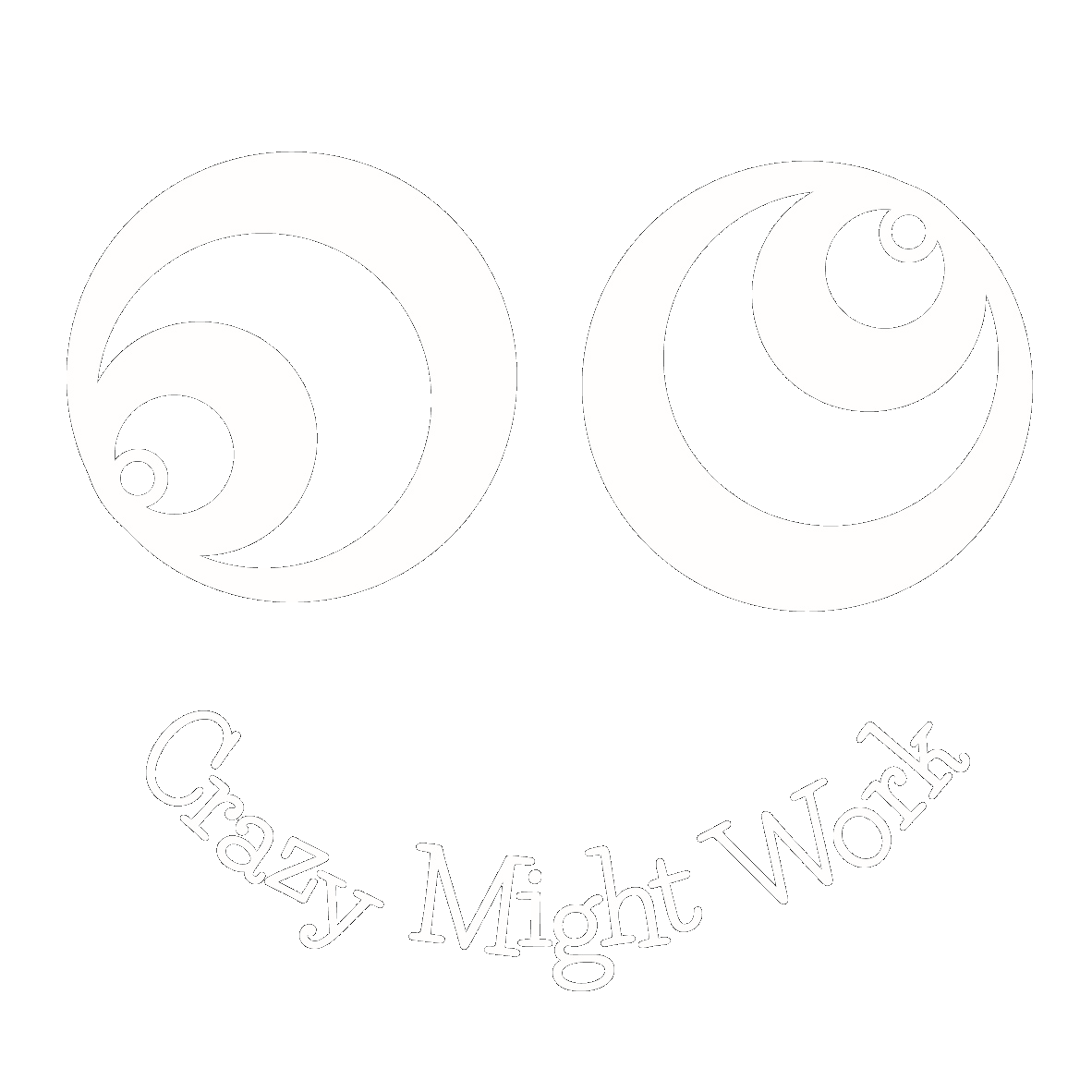George Livery, Director – Strategy & Corporate Development – Swisse
According to George Livery, the key to Suisse’s success is Passion, People and Culture.
The company that was acquired for AUD $1.67 billion in 2015 has humble origins. Founded in the late 1950’s, it wasn’t until the 1990’s that Michael Saba linked the core product to culture and a culture of Health and Happiness Group (H&H) was born. He also realised that, whilst he could teach skill sets, he could never teach attitude and so he adopted a policy of hiring on passion, rather than technical skill or experience. He took this further with the introduction of the 4 P’s, believing that if People, Principles and Passions aligned, then Profits would follow.
Swisse translated these values into behaviours that put people first, introducing movement breaks every hour, 20 minutes of mediation (for those who want to partake) every day at 3pm, increasing productivity three-fold in the afternoon. There was a ‘bring your dog to work’ day; a ‘bring your kids to work’ day (4 times a year); walking meetings; healthy snacks to hand in the pantry; as well as more typical employee benefits like gym memberships and ‘end of journey’ facilities like showers, and parking for bikes. Hot-desking was rejected, on the premise that it’s important for a human being to be able to personalise their workspace (perhaps with pictures of those dogs or children that come to work on the special days?).
Another behaviour that made a big difference was the conscious choice of words in everyday conversation. Using the word ’implement’, rather than ‘execute’ in the vernacular meant that no-one was going to die and changed the nature of the conversation. The team started using ’work areas’ instead of ‘departments’ and ‘team members’ instead of ‘employees’. ‘Mistakes’ became ’learn, grow and improve’ experiments and the company made a decision to ’celebrate life every day’ (a phrase that sits over their entrance and signs off Swisse e-mails).
Swisse also pioneered ‘celebrity marketing’ in their industry, identifying appropriate ‘ambassadors’ for each of the sporting codes that they decided to focus their marketing on. Retailers were informed of the planned campaigns and agreed to order extra product whilst it was running. These commitments allowed Swisse to commit to the costs of big campaigns get their products into supermarkets for the first time. The campaigns were accompanied with discounts on their premium, aspirational products and lead to some interesting ‘learnings’, for example that women typically purchased vitamins for their men.
They also adopted the ‘novel’ market research approach of asking their retailers what their consumers were requesting and devised a process to get from the idea to the shelf in 3 months, with no marketing fanfare. They ditched the products that didn’t sell and replaced them with new ‘little bets’ (market-testing experiments).
The journey was not without its setbacks, however. Encouraged by their domestic success, Swisse decided to take on the US market, losing AUD$5.8million in 2013, and AUD$35 million in total, before they pulled out. The ’learn, grow and improve’ opportunities from this expensive exercise were enormous and, when they finally entered the Chinese market, it was the result of a ‘pull’ rather than a ‘push’ strategy. Swisse had noticed in 2012 that a pharmacy in Cabramatta had taken a few pallets of stock. By 2014, there were large orders coming out of pharmacies that were selling products for export to China and Swisse responded by using WeChat to open the doors to their message and their product.
In 2015 the company was acquired by Biostime, a corporation listed on the Hong Kong stock exchange, with the new owner so delighted by the Swisse culture that they elected to change their name to H&H.


